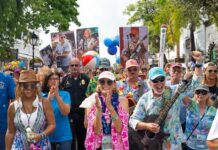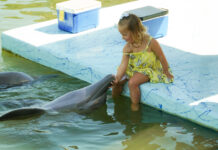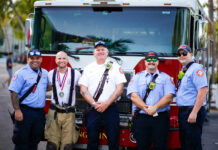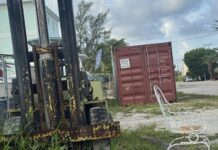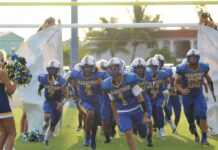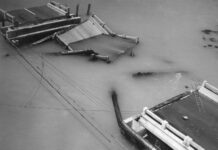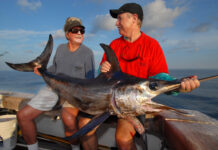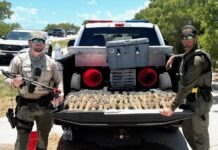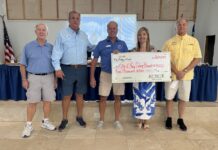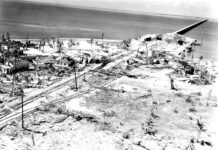EGAN’S INDIAN KEY
On Feb. 18, 1829 James Egan placed the following advertisement in the Key West Register and Commercial Advertizer. “For Sale a Valuable Trace of Land Near Cape Florida Situare [sic] on the Miami River. The Land is very good and will produce Sugar Cane or Sea Island Cotton, equal if not superior to any other part of the Territory. There is a present number of bearing Banana and Lime trees and the fruit is inferior to none raised in the Island of Cuba. The forest growth consists principally of Live Oak, Red Bay and Dog Wood. Any person desirous of purchasing a valuable plantation will do well to visit the land.”
Egan would relocate to Indian Key where he would leave a larger footprint than history generally recognizes. It would be James Egan who would acquire the lumber and shingles necessary to erect a two-and-a-half story structure that, in April 1832, was advertised in a Key West paper as a boarding house promising to “render satisfaction to those who may favor him with their company.”
James Audubon would stay at Egan’s boarding house. On Aug. 7, 1840, Dr. Henry Perrine would be murdered in the house, owned at that time by his partner in the Tropical Plant Company, Charles Howe, during an Indian attack during the Seminole War.
POST OFFICES ARRIVE
When it came to postal service in the Florida Keys, the first post office was established on the corner of Key West’s Caroline and Front streets in 1829. The second post office established in the Keys opened on Indian Key May 21, 1833.
The Indian Key Post Office would serve communities at Cape Florida, Key Biscayne, New River (Fort Lauderdale area), as well as the men stationed aboard the lightship Florida anchored at Carysfort Reef and those living on Key Vaca.
The community that would become Marathon would enter the postal game relatively late in the island chain’s postal game. The first post office established on Key Largo occurred on June 14, 1870 when the island was still largely recognized as Cayo Largo. The first postmaster was the Key West wrecker Ben Baker, who created a pineapple plantation on Key Largo in the 1860s. In the Upper Keys community of Planter, the coastal precursor to the community of Tavernier, a post office was established Dec. 23, 1891. A post office was established at Cape Sable on Feb. 23, 1904. The Marathon Post Office would not be established until Feb. 23, 1909,inside the Lummus Commissary, which had been Marathon’s first merchandising store. Fernando A. Barrett was appointed the postmaster.
FDR GOES FISHING
Franklin Delano Roosevelt’s first fishing adventure in the Florida Keys occurred in 1923. Tavernier’s Rodney Albury was hired as his guide. It would not be a one-time expedition. During a 1925 fishing trip, Roosevelt’s yacht Larooco blew an engine out in the Everglades’ Shark River. Roosevelt wrote a note that was transported to the Long Key Fish Camp by a passing boat captain. It was then handed to the train conductor with instructions that it be delivered to Albury at the Tavernier Depot. The note read: “Dear Captain Albury, come save all our lives.” Rescuing Roosevelt would prove the second to last time Albury would see Roosevelt. Feb. 18, 1939, the now President Roosevelt was driven down the Overseas Highway en route to Key West where he would board the cruiser Houston to observe war games in the Caribbean. As the presidential caravan drove down the highway, in Tavernier, Captain Albury and his wife walked out to the side of the road and yelled out when he passed. The president turned and waved. Albury said, “I’m always sorry I didn’t stop him. I know he would have stopped the motorcade. I knew him just as good as I knew my brother.”



